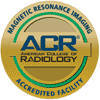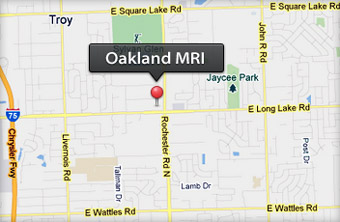Author: Boqing Chen, MD, PhD Clinical Assistant Professor, Department of Physical Medicine and Rehabilitation, University of Medicine and Dentistry of New Jersey-New Jersey Medical School
Epidural steroid injections (ESIs) have been endorsed by the North American Spine Society and the Agency for Healthcare Research and Quality (formerly, the Agency for Health Care Policy and Research) of the Department of Health and Human Services as an integral part of nonsurgical management of radicular pain from lumbar spine disorders.
Radicular pain is frequently described as a sharp, lancinating, radiating pain, often shooting from the low back down into the lower limb(s) in a radicular distribution. Radicular pain is the result of a nerve root lesion and/or inflammation. Clinical manifestations of nerve root inflammation include some or all of the following: radicular pain, dermatomal hypesthesia, weakness of muscle groups innervated by the involved nerve root(s), diminished deep tendon reflexes, and positive straight or reverse leg–raising tests. In contrast to oral steroids, ESIs offer the advantage of a more localized medication delivery to the area of affected nerve roots, thereby decreasing the likelihood of potential systemic side effects. Studies have indicated that ESIs are most effective in the presence of acute nerve root inflammation.
The first documented epidural medication injection, which was performed using the caudal approach (see Approaches for Epidural Injections), was performed in 1901, when cocaine was injected to treat lumbago and sciatica (presumably pain referred from lumbar nerve roots).[1] According to reports, epidurals from the 1920s-1940s involved using high volumes of normal saline and local anesthetics. Injection of corticosteroids into the epidural space for the management of lumbar radicular pain was first recorded in 1952.
ESIs can provide diagnostic and therapeutic benefits. Diagnostically, ESIs may help to identify the epidural space as the potential pain generator, through pain relief after local anesthetic injection to the site of presumed anatomic pathology. In addition, if the patient receives several weeks or more of pain relief, then it may be reasonable to assume that an element of inflammation was involved in his or her pathophysiology. Since prolonged pain relief is presumed to result from a reduction in an inflammatory process, it is also reasonable to assume that during the period of this analgesia, the afflicted nerve roots were relatively protected from the deleterious effects of inflammation. Chronic inflammation can result in edema, wallerian degeneration, and fibrotic changes to the neural tissues.
In these authors’ opinion, ESIs are best performed in combination with a well-designed spinal rehabilitation program. In most cases, epidural injections should be considered as a treatment option after other treatment attempts (eg, physical therapy, including therapeutic exercise, manual therapy, and medications) have failed to improve the patient’s symptoms. However, ESIs may be indicated earlier in the treatment algorithm in some selected patients. Examples might include patients with medical contraindications to certain oral analgesics and patients whose pain severity substantially limits their ability to appropriately engage in therapeutic exercise.
A variety of approaches can be used to inject corticosteroids into the epidural space (see Approaches for Epidural Injections). For purposes of this article, the authors generally refer to all epidural steroid injections as ESIs, only specifying the specific type of approach if needed for a point of distinction or clarification.

